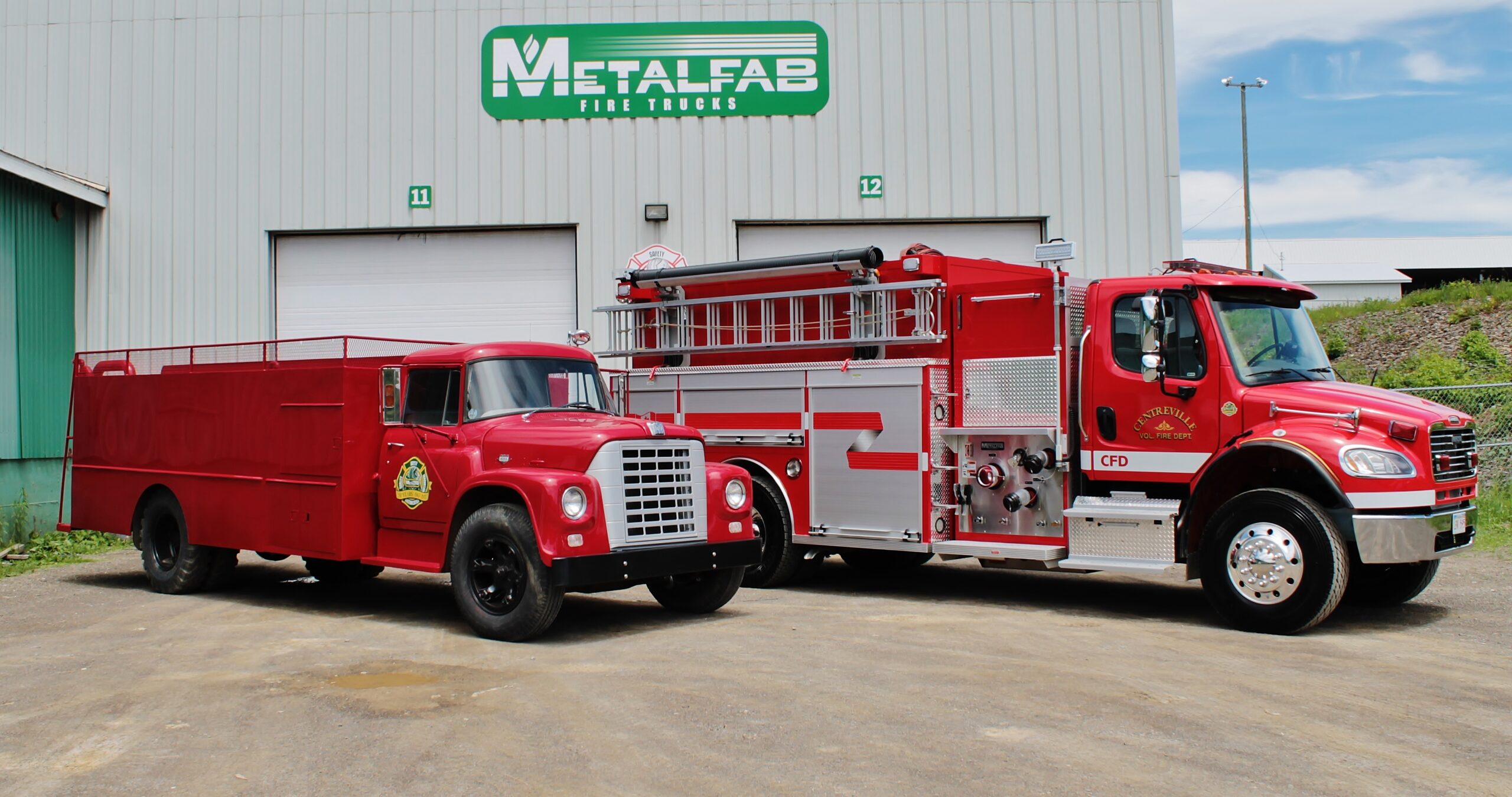
Walk-In vs. Walk-Around Rescue Units: What You Need to Know
In addition to the pumpers and the tankers, almost every department has a rescue unit, which is basically a toolbox on wheels. It brings all of the required equipment to the scene, and it can also be used as transportation for firefighters to the location from the fire hall.
It’s important to know that there are two main types of rescues to consider: a “walk-in” and a “walk-around.”
Walk-In Rescues
When your department is working at a scene, having all of your equipment readily available and easily accessible is key. The spacious interior of a walk-in rescue is configured with numerous cabinets and workstations to accommodate the various tasks your team needs to perform in the line of duty. When tailored to meet your team’s specific needs, walk-in rescues are a tremendous asset for any department.
These units are called “walk-in” because the center of the body is hollow, allowing for personnel to walk through the body. It is primarily a box on the chassis that offers storage on both the interior and exterior of the apparatus. It usually includes seating to transport firefighters to and from the scene of an emergency.
These units are particularly useful at a location, especially as a command center. They can hold bunker gear and equipment, enabling firefighters to get dressed on the spot.
They also offer A/C and heat, which can be used for immediate rehab of firefighters. Some can be equipped to carry stretchers and backboards to give shelter to injured persons, if required.
The walk-in models come in 2- and 4-door chassis as well as in 4×2 or 4×4 drive.
A drawback of a walk-in unit is that you lose a large percentage of storage space because of the interior walkway.
Walk-Around Rescues
In the line of duty, having all of the equipment you need accessible at the scene is critical. Transporting equipment and manpower with a heavy rescue often becomes a question of whether a walk-in or walk-around model would be a better fit. The biggest consideration here is space. Walk-around rescues offer about a third more space—on average—than walk-ins as equipment is mounted using primarily external storage components. This, however, often sacrifices some ease of accessibility, and a custom model should be considered to minimize the risk of injury to your crew when accessing equipment. When designed to meet your department’s specific needs, walk-around rescues can be tailored to become an integral resource for your team.
The name of the apparatus pretty much sums up the fact that there is no “walk-in” portion that offers increased storage.
Compartments are organized to utilize the entire storage area of the rescue body from the exterior of the unit. Sliding trays that go the full width of the compartment assist with this.
You can also order custom organization systems that include trays, shelves, and tool boards. Tip-down trays allow for the unit to be customized to meet the exact needs of the department.
Walk-arounds come with 2- and 4-door chassis options as well as in 4×2 or 4×4 drive.
The difference between walk-in and walk-around rescue fire trucks is important for fire departments to understand because it dictates what’s needed onboard, the organization of tools, and the overall function of the fire truck.
It’s important to decide what the truck will be used for. Here are some questions to consider:
How many firefighters will be onboard the truck?
Knowing how many firefighters need to travel to the scene can very quickly determine the type of rescue you need.
What will firefighters be doing at the scene?
Understanding the tasks firefighters complete at the scene of an emergency will dictate if an interior space may be needed on the truck.
Which tools will be required on the truck?
Establishing the kinds of tools that need to be on board will determine how much storage is required. You might want to keep in mind that just because your old rescue carried certain tools doesn’t mean you need to allot space on a new apparatus for the same tools. Determine which tools are required for the types of calls you manage most frequently.
What is the optimal way to access the tools onboard?
While considering the type of rescue needed, fire departments must also consider the optimal way to access tools. Part of the planning process should include a discussion of what tools can be safely carried down a ladder, for example, or safely stored and pulled down from a high compartment area.
By having these conversations with your local manufacturer, you can help your fire department narrow down the goals and objectives of a new rescue. Feel free to contact our Business Development Manager, Ryan Stacey, at rastacey@metalfabfiretrucks.com or by phone at 1-800-561-0012 extension 24.

